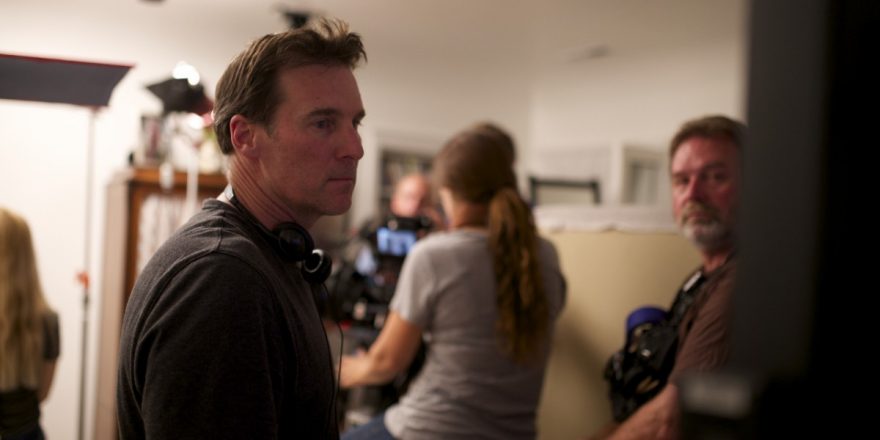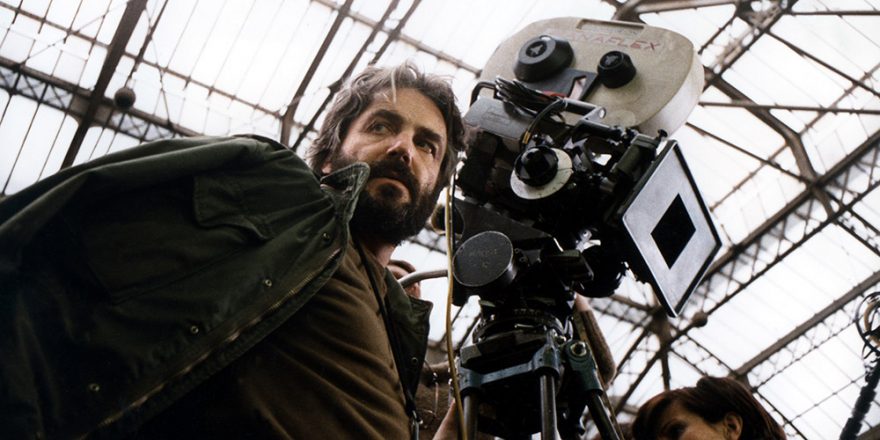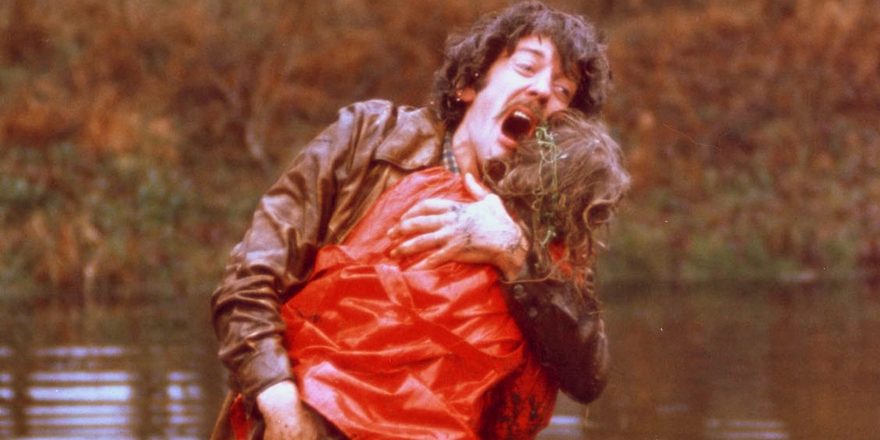Someone once said that making a film is not a democracy, it’s a dictatorship. I tend to agree. Not because I feel the need to control people, but because I feel the need to not be controlled myself. You see, I still believe that filmmaking is about storytelling. Plain and simple. If you’re thinking of it solely in terms of commerce, then you’re not a filmmaker, you’re a widget-maker. Only your widget comes packaged as a “movie.” That’s fine if you like (or have no choice about) making widgets, just don’t pretend that’s not what you’re doing. However, if you’re in the business of telling stories, then you have to be willing to fight for the ability to tell them your way.
I was having a discussion recently with a talented writer friend of mine who is now venturing into directing. He was lamenting the “creative committee” he was being forced to endure on his latest project and questioned why they would hire him based on his past work, yet try to force him into a box of their own design. I feel his pain all too well, however, in the end analysis, we have a system infused with an inherent sense of entitlement. How many fine painters do you know who have to stop halfway through their process to get “notes” on what colors or brushes to use? Does a singer-songwriter typically receive “feedback” on their lyrics from the record label while writing their new song? Despite having an editor, even a novelist doesn’t have to endure the amount of meddling that the average filmmaker must contend with on even the simplest of shoots. It’s not to say these other artistic pursuits don’t have their share of outside interference, but the fact that filmmaking requires so much upfront investment means there’s an unholy alliance between art and commerce, and with that comes the sense of entitlement from those who facilitate these alliances. What usually happens is that the “money people” suddenly become “artists” themselves, never seeing the irony as to why they would need a filmmaker in the first place. Of course, there are some creative executives out there who have made films better and even saved a few in their day – and I have even been fortunate to work with a couple – but make no mistake, these folks are the exception to the rule, and they’ll be the first to tell you so.
So, here’s what I try to impart to every young filmmaker that asks me how to get their film made: The less money, people and process you need to realize your vision, the better your odds are of not only getting it made, but also getting it made the way you envision it. That correlation, no matter what your experience or budget level, will always apply. I hear nightmare stories from well-established writers and directors having to endure endless meddling from studio executives fresh out of business school. It blows my mind from an artistic standpoint, but not from an economic one – especially when there’s tens if not hundreds of millions of dollars at stake. At the end of the day, no one wants to be on the hook for a film that doesn’t at least make its money back.
This is why technology has always been an equalizing force for me. It’s not that I rely on it to tell better stories (although in some cases it can help), I rely on it to reduce my “financial footprint” with the stories I do tell, which in turn equates to more creative control. This is one big reason why on my current project, Skyman, I’ve chosen to keep things much more “in-house.” With the cost of cameras, production equipment, edit workstations, software, etc. all coming down, it’s a no-brainer for me to simply utilize this new technology to retain control, rather than having to give it up. The trick is knowing how to apply this technology in such a way that it enhances your storytelling rather than detracting from it. This can only come from familiarizing yourself with these new tools and not falling prey to a sales pitch, artistic pretense or basic misinformation, to say nothing of having a modicum of good taste in the end. It is incumbent on the filmmaker, more so now than ever before, to know what’s in their toolbox in order bring their vision to life in the most economical way possible. Ignorance is the enemy.
Anyone that tells you that you must shoot your $200,000 feature with an Arri Alexa versus, say, an Ursa or A7s, isn’t working for you. They’re working for themselves. (I may have just pissed off a lot of D.P.s and rental houses out there … so be it.) What’s at stake in this situation is control. Any D.P. worth their salt will make anything you give them work to its maximum potential. And if they are truly serving the film, they’ll know how to strike the proper balance between the gear needed to get the shot and the time needed to get the right shot, because both are pulling from the same bank account.
So remember, technology is your friend. If nothing more, it can save you a lot of time, which almost always equates to money, thus giving you more control. This doesn’t mean you have to become a “tech geek” overnight, but it does behoove you to see the level of empowerment it can provide, and to see through the pretense that anything new somehow undermines the “art” of filmmaking. A charcoal pencil was an amazing piece of new technology at one time that no doubt “old schoolers” scoffed at. Things are no different today. It all comes down to knowing which end to write with … and doing so within budget, of course.







